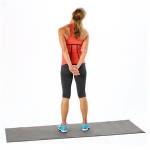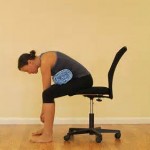Take a Break…
… and practice deep breathing! Simply close your eyes and take three to five deep breaths. Don’t worry about breathing technique such as breathing in through your nose or out your mouth, etc, do what feels most comfortable to you. Instead breathe in for a count of 2-3 seconds, hold for 1 second, then slowly exhale for 3-5 seconds. Then pause and relax, and begin again. The key is to not rush each breathe, just find your natural rhythm. When we breathe mindfully, our nervous system receive a message to relax. In doing so, our muscles relax, tension releases, stress decreases, our mind clears and we feel better.
 Subscribe
Subscribe







